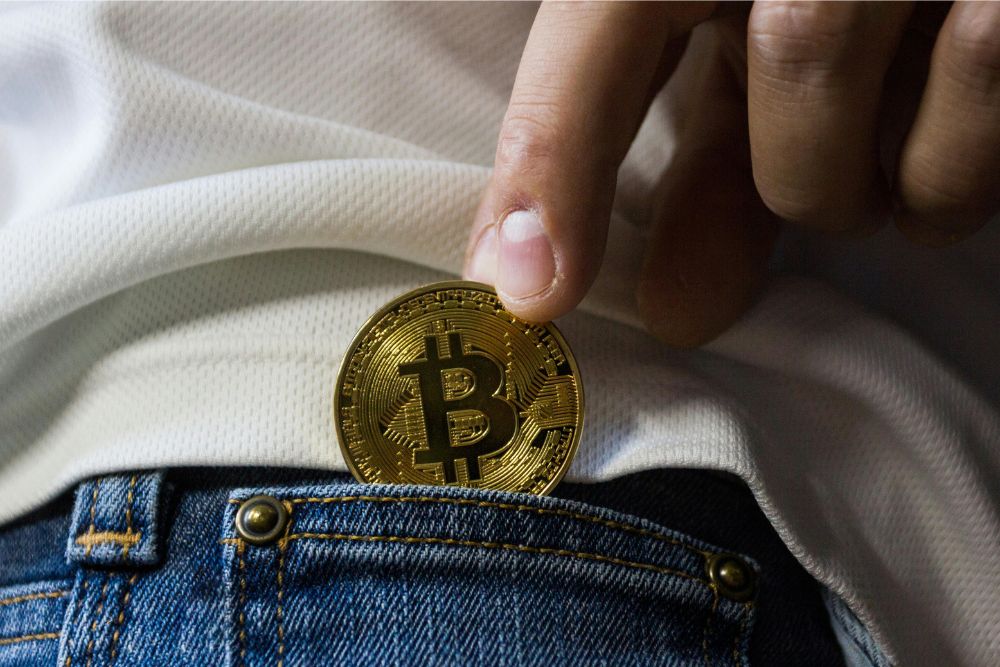The crypto market is constantly expanding and introducing new tokens with different functionalities and use cases as well as value propositions. In this process, newcomers as well as experienced investors need to discern the differences between these tokens to make better investments. Ranging from the earliest cryptocurrencies such as Bitcoin and Ethereum to altcoins and tokens of specific purposes, the variety is vast. This article will look at the newest tokens and understand how they differ and what they contribute to the cryptocurrency market.
The Rise of Specialized Tokens
Starting with the concept of decentralized digital currencies like Bitcoin, cryptocurrencies were not defined by any other objective. But this has massively shifted as more tokens were introduced that have unique functions within various blockchain systems. These are some of the sub-classifications of these tokens based on their functions and features such as Utility tokens, Security tokens, Governance tokens and Stable-coins.
Utility Tokens: These tokens are assets that give their holder the right to acquire a specific good or service on a particular blockchain. For instance, while Ether (ETH) is the cryptocurrency of the Ethereum network and is utilized for buying goods and services on the network, Chainlink’s LINK token is utilized to encourage the functioning of its decentralized oracle network. More modern utility tokens are more specialized and/or advanced in what they provide, like Filecoin (FIL) which works within the auspices of decentralized data storage or Golem (GLM) which provides decentralized computing power.
Among the newer entrants, BTC Bull Token is an example of a utility token that provides specific advantages within its ecosystem. Intended for both professional and new investors, this token called BTC Bull Token is to help investors navigate through the complex world of cryptocurrencies. As demonstrated by this token, the space continues to evolve with the provision of different features and services. With utility tokens coming into the market, BTC Bull Token and similar projects are expanding the possibilities of token economies.
Security Tokens: While utility tokens, security tokens are tokens that are linked to an asset, be it shares in a company real estate or any other investment. These tokens are similar to federal securities laws that enable investors to own and trade physical properties virtually. An example of a security token is tZERO (TZROP), which is an equity token that is linked to the tZERO platform – a trading platform based on blockchain. Security tokens are one of the newest products of the tokenization of traditional financial instruments and their increased liquidity.
Comparative Analysis of New Tokens
When new tokens enter the market they normally come with new features that set them apart from previous tokens. For instance, the DeFi which is short for Decentralized Finance has brought in tokens that enable services such as lending, borrowing and staking without the involvement of middlemen.
Defi Tokens
Others are Aave (AAVE) and Compound (COMP) others are for lending and borrowing of cryptocurrencies and also for earning interest. These tokens differentiate themselves because they offer financial services that are not centralized and can be used by anyone with an internet connection which heavily competes with classical banking systems. Furthermore, yield farming and liquidity mining have become well-liked ways of earning rewards with such tokens and, therefore, boosted their utilization.
Non-Fungible Tokens (NFTs)
NFTs are digital items that have specific characteristics and can be art, music, land in the metaverse, and more. Commodities like those on the Ethereum-based ERC-721 standard have changed the way that people view digital property. These tokens are used by platforms like OpenSea, or Rarible in which creators can turn their digital works into tokens and sell them. The newer NFT tokens are trying to introduce functionality rather than just owning them, for example, providing access to certain content or occasions, which can be the future of NFTs.
Layer 2 Solutions
Since scalability continues to be a major disadvantage for large blockchains such as Ethereum, there are Layer 2 scaling solutions. Tokens that are connected to Layer 2 solutions like Polygon (MATIC) and Optimism (OP) execute transactions at a quicker pace and a lower fee since they are conducted off the main Ethereum chain and will be settled later. These tokens are very important in enhancing the use of dApps and improving the overall user experience of the application.
Key Differentiators in the Latest Tokens
When comparing the latest tokens, several factors set them apart:
- Utility and Functionality: The most important distinction is the use of a token in the ecosystem in which it is located. For instance, tokens such as Chainlink (LINK) are a special type of token that is used to provide a decentralized service for linking smart contracts to real-life data. However, tokens such as AAVE enable one to engage in Decentralized lending and borrowing which is a core part of the DeFi.
- Technological Innovation: Newer tokens are beneficial because they always come with new advancements in technology, which may be a solution to a previous problem or an addition of new features. For example, with the appearance of privacy-oriented tokens, such as Monero (XMR) and Zcash (ZEC), there was a response to the users who wanted to be anonymous while making their transactions. Thus, tokens that support smart contracts like SOL from the Solana network provide cheaper and faster transaction processing compared to Ethereum and other such platforms to gain the attention of developers and users.
Conclusion
Cryptocurrency is still trending as new tokens emerge with new uses and features in the market. It is crucial for investors who are seeking to operate in this constantly evolving market to understand what makes these tokens different. Therefore, the utility, technology, ecosystem, community, and regulation that each token has to offer are not the same.
Disclaimer: This content is meant to inform and should not be considered financial advice. The views expressed in this article may include the author’s personal opinions and do not represent Times Tabloid’s opinion. Readers are urged to do in-depth research before making any investment decisions. Any action taken by the reader is strictly at their own risk. Times Tabloid is not responsible for any financial losses.





